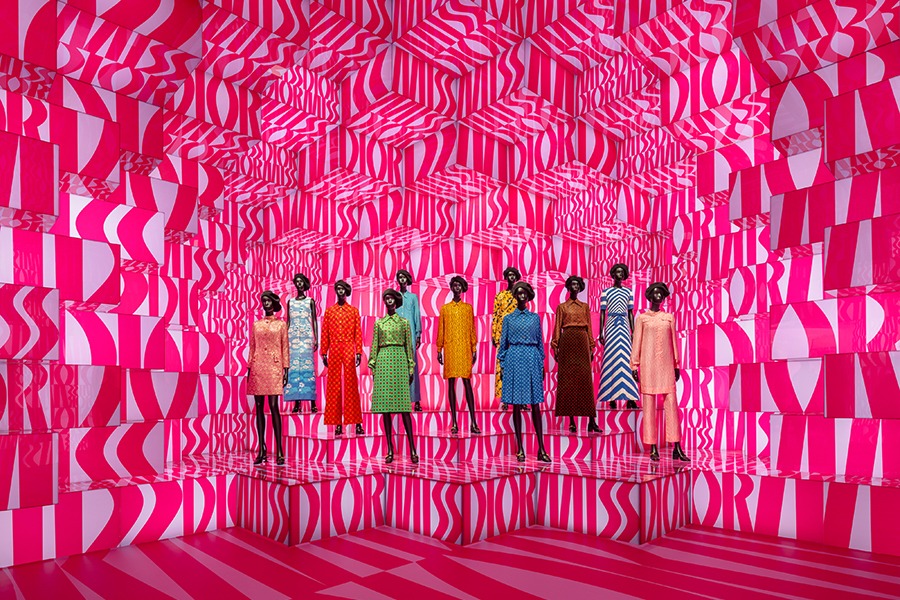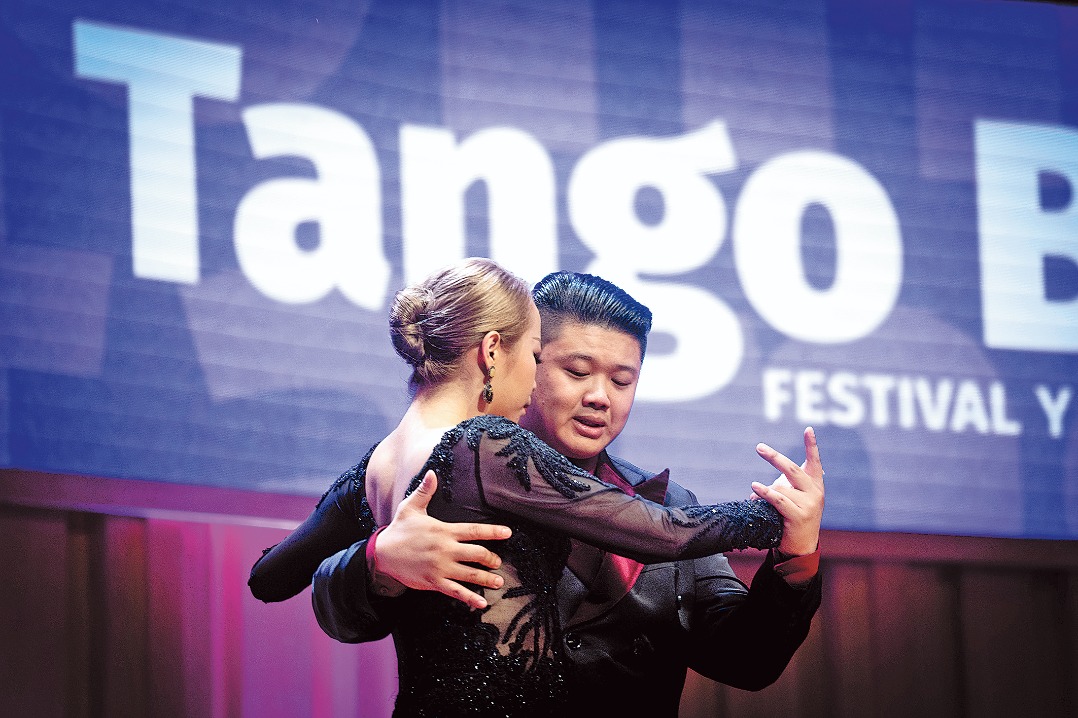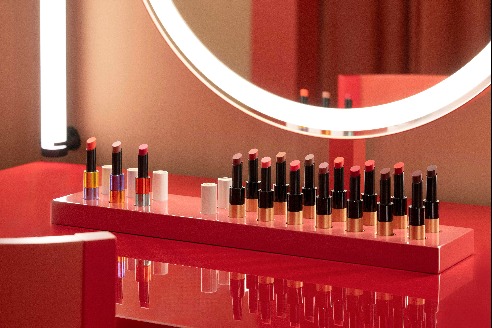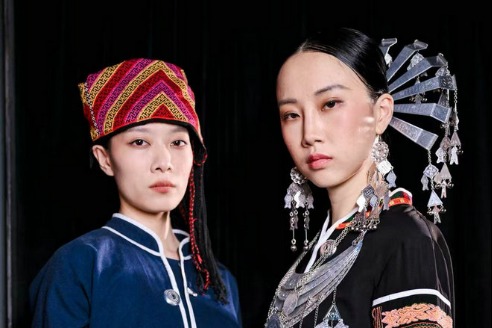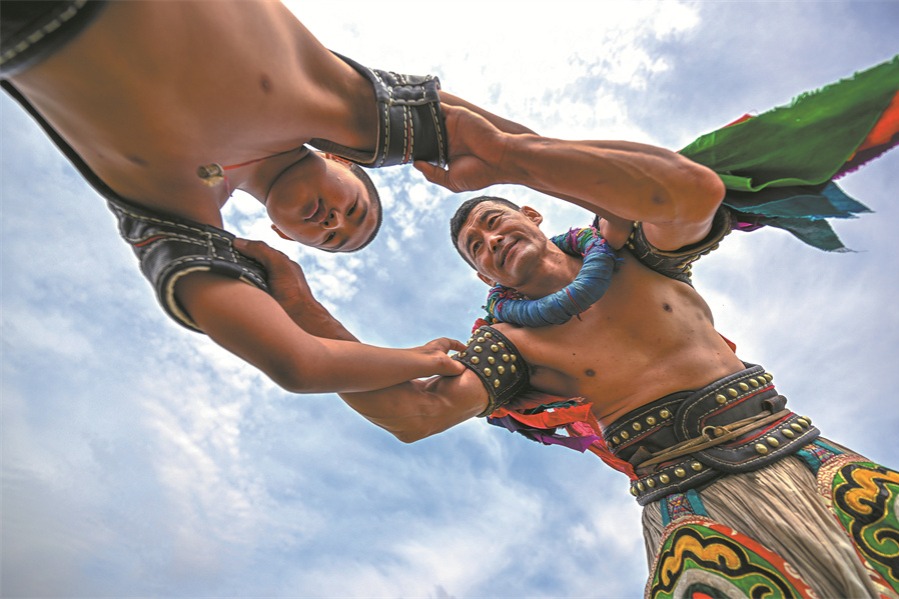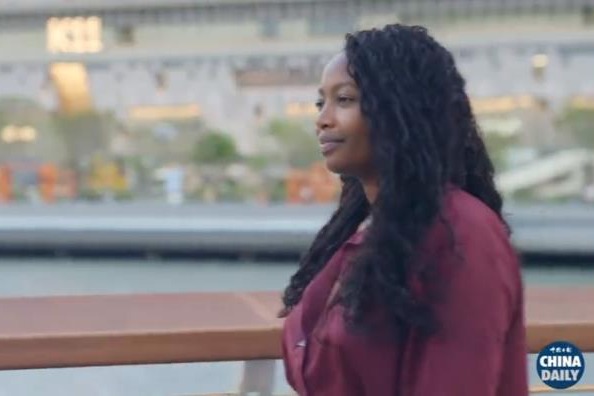Youth seek sports rehab services


Young adults increasingly turn to sports rehabilitation, combining exercise and therapy to address chronic pain, injuries, and posture problems, Gui Qian reports.
During a weekday evening at 8 pm, the waiting area of the pain management department at Peking University Third Hospital is crowded with people in their 20s and 30s. As they wait for treatment, they exchange fitness tips, creating an atmosphere more like a health salon than a hospital clinic.
"In recent years, we've seen a noticeable rise in young people seeking treatment for pain and sports-related injuries," said Liang Chen, an attending physician in the department.
He noted that evening and weekend clinics attract more young patients than regular hours. "On weekdays, they typically make up about 20 percent of those we see. But during evening and weekend sessions, they account for more than half," he said.
Liang's observations reflect a growing trend: more young people are turning to sports rehabilitation services.
Public hospitals like his offer these services through departments of rehabilitation medicine, sports medicine, and pain management. Meanwhile, private hospitals and sports rehabilitation clinics in shopping malls and commercial centers are also seeing rapid growth.
"It has become common for young people to visit sports rehabilitation clinics right after work," said Jin Bin, founder of Healing Sports Rehabilitation Clinic.
A graduate of Beijing Sport University (BSU) and a lifelong martial artist specializing in tai chi, Jin opened his clinic in 2015.
Sports rehabilitation services generally fall into four categories: sports injury rehabilitation, chronic pain management, posture correction, and post-surgical rehabilitation.
According to Jin, while post-surgical rehabilitation patients come from a wide age range, posture correction mainly attracts students, including many young women who are conscious of their appearance.
"A lot of people are familiar with terms like leg misalignment, forward head posture, and anterior pelvic tilt — common posture issues," Jin explained. He noted that the first two problems are especially prevalent among younger patients.
Liang divides young patients seeking sports rehabilitation into two main groups.
The first group consists of office workers who suffer from chronic neck and back pain caused by lifestyle and work habits, such as prolonged sitting. They also often develop conditions like tendinitis and repetitive strain injuries — known in China as "mouse hand" — from excessive phone and computer use.
The second group includes overactive sports enthusiasts who may lack proper training knowledge. They often engage in workouts that are too intense or performed incorrectly.

















